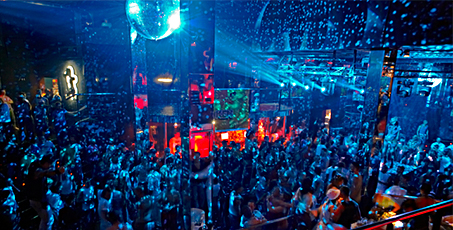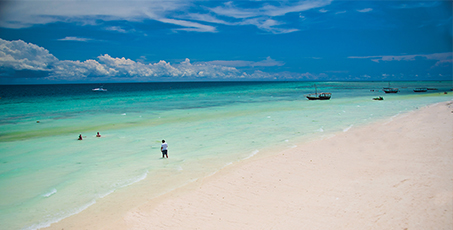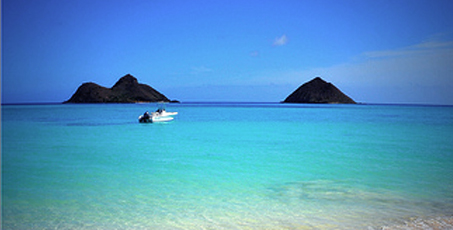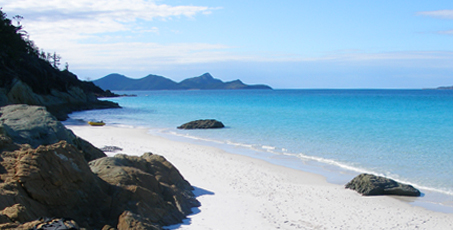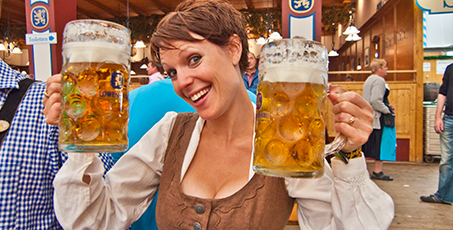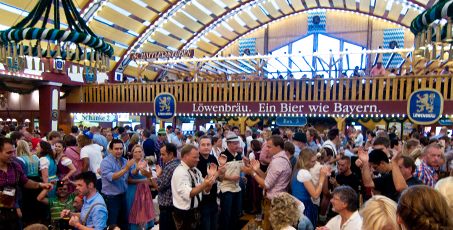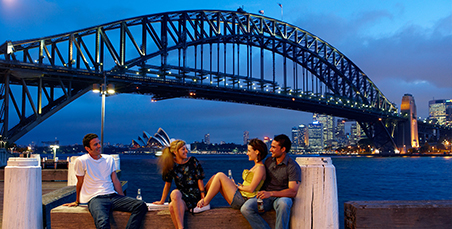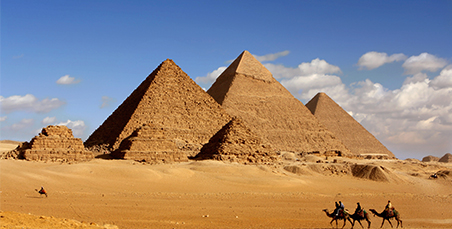40 things to do before you’re 40 - Number 12
Tuesday, April 30th, 2013
12. Go clubbing until dawn in Europe
Everybody enjoys a good night out… but once in a while, a night comes along that’s so epic that you just don’t want it to end – you want to hit the clubs and dance until the sun comes up!
When that you get that feeling, Europe’s the place to be. From Parisian wine bars to Hungarian dive bars, from London’s super pubs to Berlin’s superclubs, this continent is full of amazing nightspots.
Whether you’re an occasional clubber or a serious partygoer, you’ll love the variety of local nightlife on offer. Here are five of our favourite all-night party spots in Europe:
Barcelona – the cool Catalan capital is rightly renowned for its clubbing scene. If you’re after free entry and the latest chart heavyweights, head to Port Olimpic – a buzzing stretch of bars and clubs along the harbour front. If you’re a serious clubber and don’t mind a cover charge, superclubs like Opium, Razzmatazz and La Terazza are well worth a visit too.
Mykonos – this gorgeous Greek island boasts some of the finest dance clubs in Europe. On Paradise Beach alone there are TWO of DJ magazine’s Top 100 Clubs for 2013. Elegant Cavo Paradiso (#13) is perched on a rocky outcrop and has hosted the likes of Tiesto and Sebastian Ingrosso, while its lower neighbour Paradise Club (#33) can boast Avicii, Carl Cox and Bob Sinclar on its CV.
Amsterdam – with a reputation as one of Europe’s party capitals, Amsterdam doesn’t disappoint. Leidseplein is a buzzing nightlife hub with something for everyone; catch a live band in the Watering Hole, dance to chart hits in brilliantly OTT bars, or maybe even go to a gig in legendary venues Paradiso or Melkweg.
Prague – any city which can boast a five story nightclub is not shy about its party credentials. Situated near the stunning Charles Bridge, many a Topdeck traveller has wandered into Karlovy lázn? in the dark only to wander out again as the sun’s rays are coming up! But by no means is this the only spot – Prague is a goldmine of cool underground bars and quirky clubs.
Ibiza – the mecca of dance music, this hedonistic Spanish island has been top of the global clubbing tree for many years. Ibiza superclubs Space and Pacha occupy the #2 and #3 spots in DJ mag’s Top 100 Clubs, while Amnesia and Privilege also make the top 20. The clubs may be pricy, but they attract a who’s who of international DJs each summer (Skrillex, Tiesto, Chase & Status, Armin van Buuren), while indie artists (Bloc Party, Kasabian, Tinie Tempah, Azealia Banks) are also getting a look-in with Ibiza Rocks growing bigger by the year.
So next time you’re in Europe, why not hit the clubs and enjoy a night out to remember? After all, you get to sleep every night… surely you can afford to take a night off?!
Topdeck Top Tip: Don’t head out too early! Many clubs in Europe don’t even get going until midnight, so pace yourself if you want to see the sunrise.
Sebastian Ingrosso at Cavo Paradiso, Mykonos in 2012 (skip to 0.50 for the drop): http://www.youtube.com/watch?v=XchIRUAFOto
Closing night 2012 at Space Ibiza: http://www.youtube.com/watch?v=J-uO2a0U928
One for dance lovers – DJ mag’s Top 100 Clubs list: http://www.djmag.co.uk/top-100-clubs
